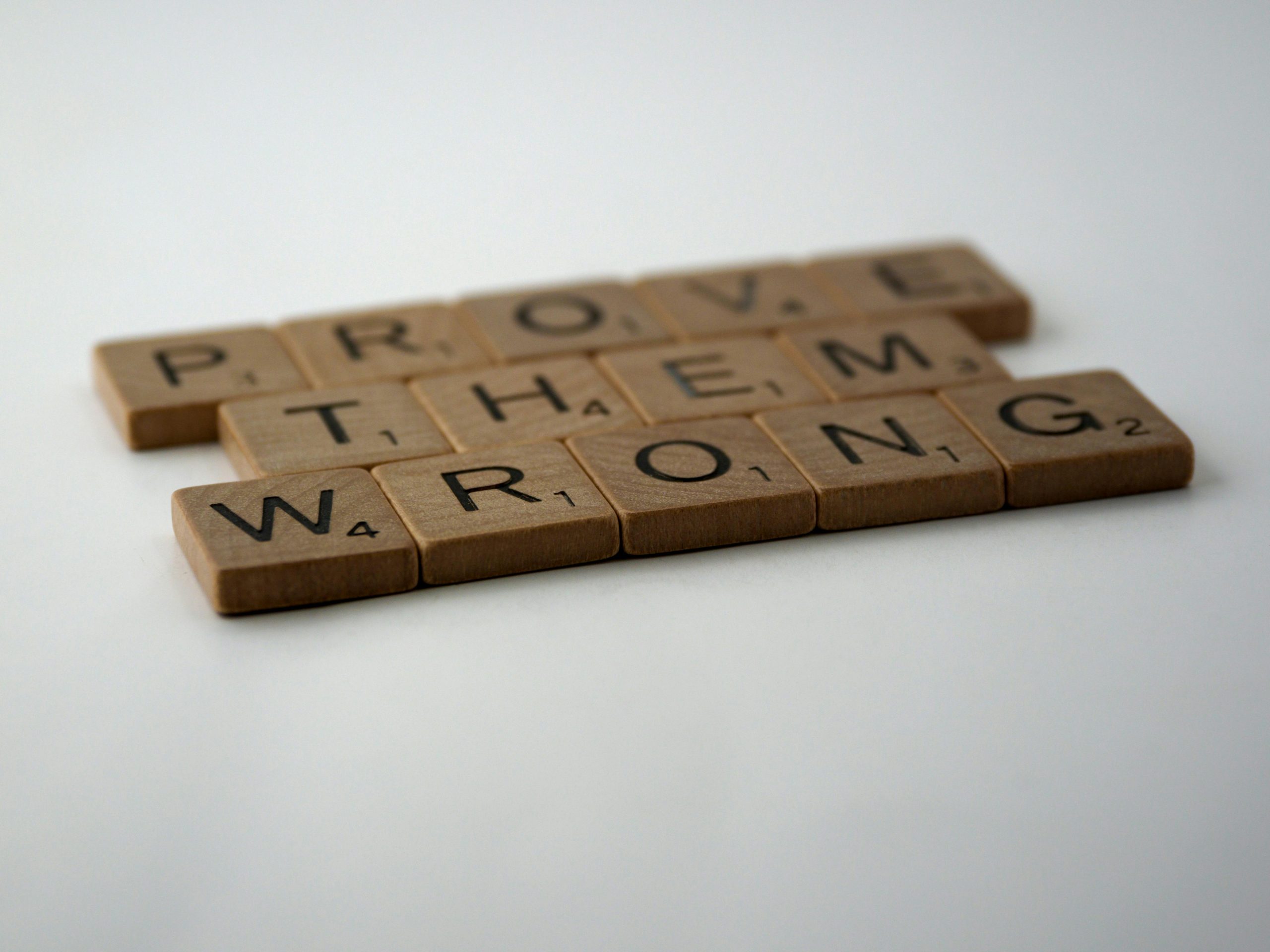Section 26 of the Indian Patents Act provides inventors with a mechanism to prevent their work from being unfairly patented by someone else, and the Controller can exercise his power to correct the situation accordingly.

Section 26 (In cases of “obtaining” Controller may treat the patent as the patent of an opponent) says –
“(1) Where in any opposition proceeding under this Act the Controller finds that—
(a) the invention, so far as claimed in any claim of the complete specification, was obtained from the opponent in the manner set out in clause (a) of sub-section (2) of section 25 and revokes the patent on that ground, he may, on request by such opponent made in the prescribed manner, direct that the patent shall stand amended in the name of the opponent;
(b) a part of an invention described in the complete specification was so obtained from the opponent, he may pass an order requiring that the specification be amended by the exclusion of that part of the invention.
(2) Where an opponent has, before the date of the order of the Controller requiring the amendment of a complete specification referred to in clause (b) of sub-section (1), filed an application for a patent for an invention which included the whole or a part of the invention held to have been obtained from him and such application is pending, the Controller may treat such application and specification in so far as they relate to the invention held to have been obtained from him, as having been filed, for the purposes of this Act relating to the priority dates of claims of the complete specification, on the date on which the corresponding document was or was deemed to have been filed by the patentee in the earlier application but for all other purposes the application of the opponent shall be proceeded with as an application for a patent under this Act.”
Let’s take an example to understand Section 26 of the Indian Patents Act:
Company A is a well-known company in India that manufactures wind turbines. Company B, another global leader in wind energy solutions, claimed that Company A had obtained certain parts of its wind turbine design from Company B’s proprietary technology.
In 2011, Company B filed an opposition against some of Company A’s patents in India, claiming that company’s A designs were based on Company B’s inventions. This led to a lengthy legal battle where Company B argued that key components of Company A’s turbines were copied from Company B’s technology.
How Section 26 Applies:
If we apply Section 26 of the Indian Patents Act to this case, it becomes crucial in determining what the Controller of Patents could do if Company B is successful in proving that Company A had obtained parts of their invention. Here’s how Section 26 could have been used:
- Amend the patent: If the opposition established that Company A’s entire wind turbine invention was obtained from Company B, the Controller could order the patent to be transferred in Company B’s name. This would mean Company A would lose patent ownership, and Company B would gain full charge.
- Amend the specification: If Company B showed that only certain parts of Company A’s wind turbine technology were derived from their invention, the Controller could order the removal of those specific components from Company A’s patent. Company A would then retain the remaining original parts of its patent, but the contested technology would be removed.
- Treat Company B’ application as pending: If Company B had filed its patent application for the same technology before the Controller’s decision, the Controller could treat Company B’s application as if it had been filed on the same date as Company A’s, giving Company B the chance to have priority for its invention.
Conclusion:
This case highlights the significance of Section 26 in protecting the rightful inventor, as it empowers the Controller to correct situations where an invention has been wrongfully obtained from another party.
This is an important section to cover for the Patent Agent Exam 2025!

